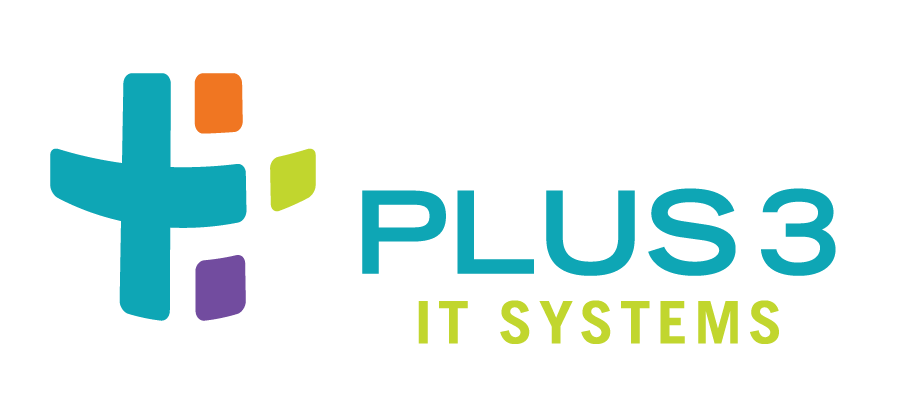
Testing Updates to Existing Formulas¶
The formulae-contents that are installed and configured for use by Watchmaker can be modified through a custom config.yaml file. This is done through the config.yaml file’s user_formula dictionary-parameter (see: the discussion of the config.yaml file’s user_formulas parameter and take special note of guidance around file-formatting and indenting). This parameter may be used to enable the setup of “in progress” updates to existing formulae. This is done by specifying dictionary-values for user_formulas in a custom config.yaml file:
all:
salt:
[...elided...]
user_formulas:
<TEST_FORMULA_1>: <TEST_FORMULA_ARCHIVE_1_URI>
<TEST_FORMULA_2>: <TEST_FORMULA_ARCHIVE_2_URI>
[...elided...]
<TEST_FORMULA_N>: <TEST_FORMULA_ARCHIVE_N_URI>
Note
While multiple formulae are shown in the above snippet, it’s not generally
recommended to use this method for more than one, formula at a time. The
above is primarily to illustrate that the user_formulas parameter is a
dictionary.
Once the custom config.yaml file is in the desired state, it can be uploaded to an S3-based testing-bucket, web server[1] or even staged locally within the testing-system.
About Testing Updates¶
To the greatest extent possible, formulae should be portable. It is recommended that when testing updates, the developer:
Tests with a bog-standard configuration (the custom
config.yamlfile’ssalt_contentparameter’s value is set tonull)Tests with the target-environment’s or target-environments’ custom
salt-content.zipfile(s)Tests with a customized version of the bog-standard
salt-config.zipfile if to-be-tested formula’s config-inputs have been changedTests with a
salt-config.zipfile cloned from the target-environment’s or target-environments’ customsalt-config.zipfile if to-be-tested formula’s config-inputs have been changed
Exercising across environments, in this way, will better assure that proposed updates do not break an existing formula’s portability.
About Hosting of Modified Formula-Content¶
The modified formulae’s contents can be installed from any Watchmaker-supported source-type – S3-hosted, web server hosted or local files. However, it is expected that most personnel attempting to test modifications to existing formulae will want to load that modified content directly from their development content-management system (CMS). To have watchmaker load content directly from the source CMS:
Visit the CMS (GitHub.Com when devloping for the main Watchmaker project)
Navigate to the content-developer’s source fork/branch
Find the
https://URL of fork/branch’s ZIP-archive of the code to be tested.Use the value from the prior step as the value for
<TEST_FORMULA_ARCHIVE_URI>
Modification of existing/already-integrated formulae’s content typically takes place on GitHub.Com. As of this document’s authoring date, the above process looks like:
Browse to
https://www.github.com/plus3it/<FORMULA_NAME>Click on the down-arrow on the
Forkbutton to bring up theExisting ForkslistClick on the developer’s fork
On the landing-page for the developer’s fork, click on the branch button’s down-arrow[2]. This opens the
Switch branches/tagsdropdownSelect the desired branch from the
Switch branches/tagsdropdownClick on the
Codebutton’s down-arrow. Right-click on theDownload ZIPtext in the drop-down that the down-arrow opens. This opens a context-menu of link-actions.Click on the
Copy Link Addressmenu-option (if using a browser other than Chrome, the specific menu-option may be different, but the equivalent action should be obvious) to copy the branch-archive’s URL into your system’s copy-buffer.Paste the branch-archive’s URL (from your system’s copy-buffer) as the
<TEST_FORMULA_ARCHIVE_URI>value in your customconfig.yamlfile
Warning
If you created your modification-branch in a private fork, it will be necessary to create an API-token that grants your test-host the ability to access the archive-URL. Creating such tokens is outside the scope of this document.
Execution With Standard Configuration-Options¶
Assuming that the executing system has access to the specified URI(s), watchmaker will:
Download the requested formula ZIP-archive(s)
Unarchive them to the
.../formulasdirectory – replacing the standard contents with the testing-contents
As an already-integrated formula, it should already be executed when a full/generic Watchmaker-run is requested.
While the modified formula should execute in place of the already-integrated formula contents as part of a full/generic Watchmaker-run, it will save testing-time to execute only the modified formula. This can be done by explicitly selecting only the modified-formula for execution using a method similar to:
Linux invocation:
watchmaker \ -c s3://<TESTING_BUCKET>/config.yaml \ -s <FORMULA_NAME> \ --log-level debug --log-dir=/var/log/watchmaker
Windows invocation:
watchmaker --log-level debug --log-dir=C:\Watchmaker\Logs -c s3://<TESTING_BUCKET>/config.yaml -s <FORMULA_NAME>
The modified formula’s execution will be logged into the directory requested via the manual invocation.
Execution With Modified/New Configuration-Options¶
Because Watchmaker will overwrite existing formula-content with the referenced formula-content, it should only be necessary to execute the updated formula with a custom salt-content.zip if:
One wishes to test with specific testing-values for existing formula-parameters
The formula-updates add new parameters
The formula-updates rename existing parameters
The formula-updates change existing parameters’ data-types.
If executing to cover one of the above scenarios, it will be necessary to either manually update the .../pillar directory’s contents with the appropiate data (see: The pillar Directory-Tree) or create a custom salt-config.zip file and reference it from the custom config.yaml file.
Final Notes¶
If modification of an existing formula adds or removes parameters, renames existing parameters or changes existing parameters’ data-types, it is critical that the formula-project’s pillar.example or pillar.example.yaml file be updated to reflect these changes.